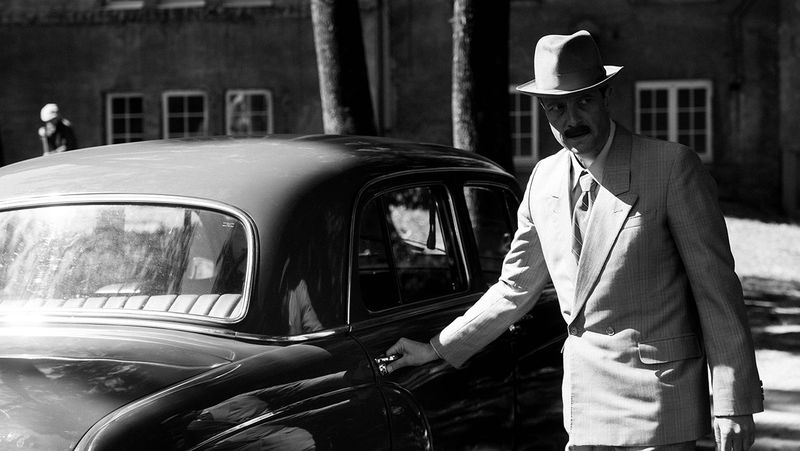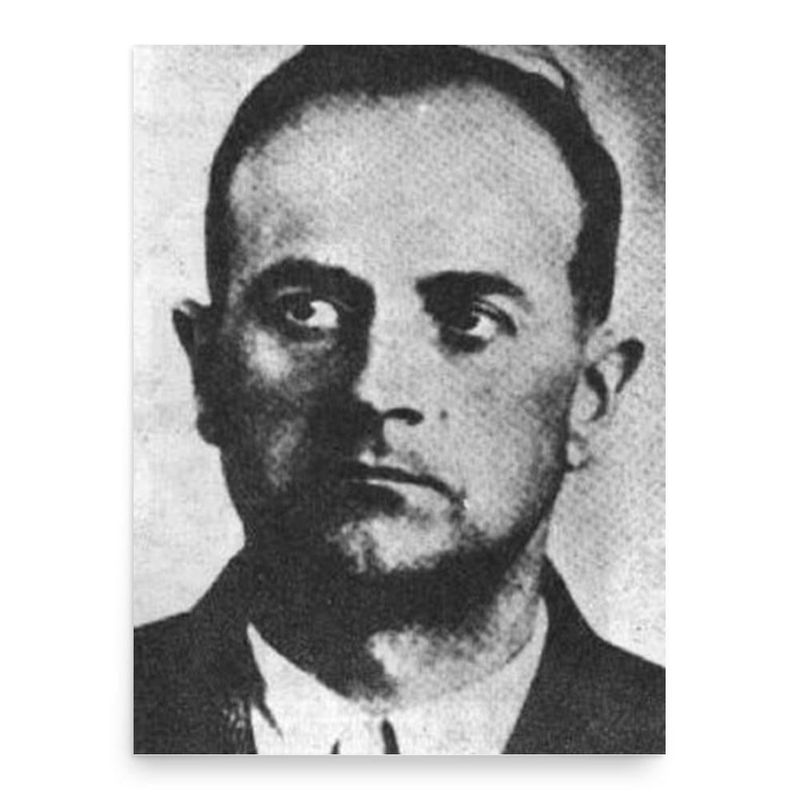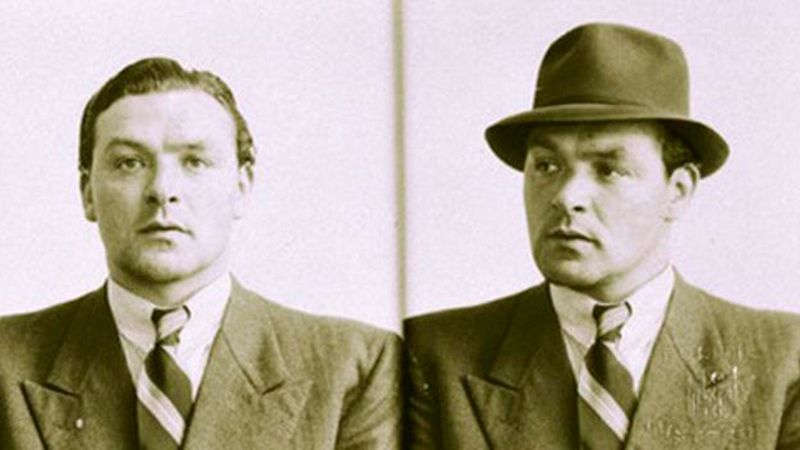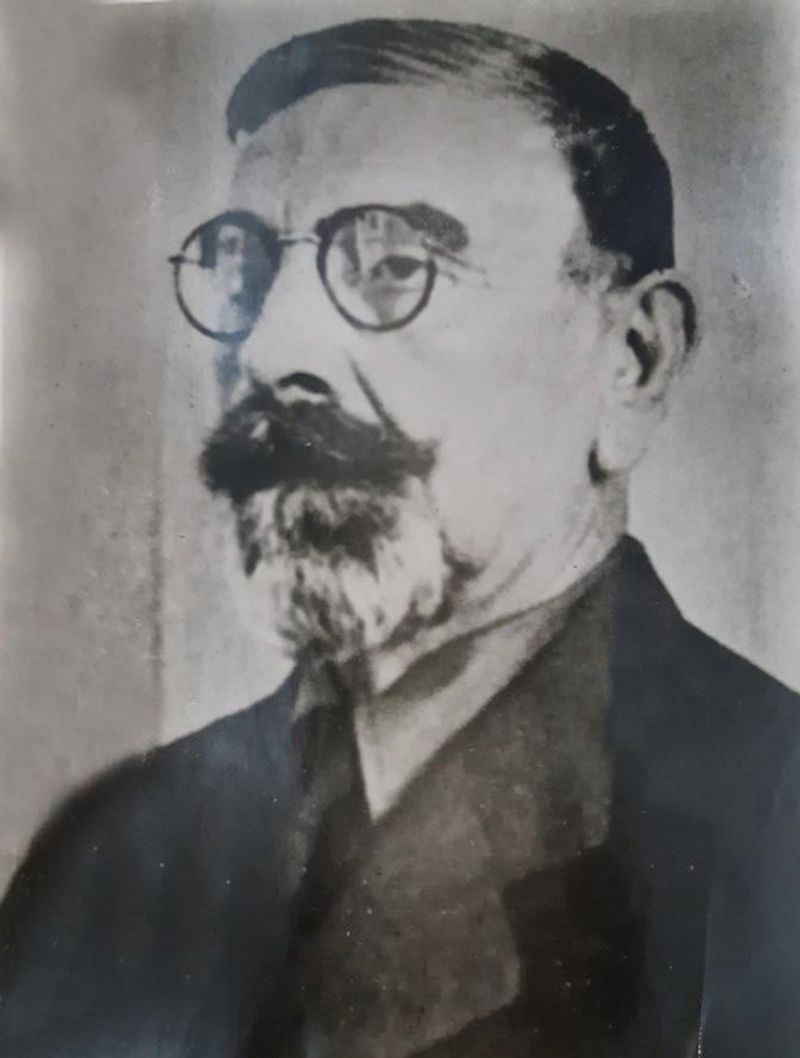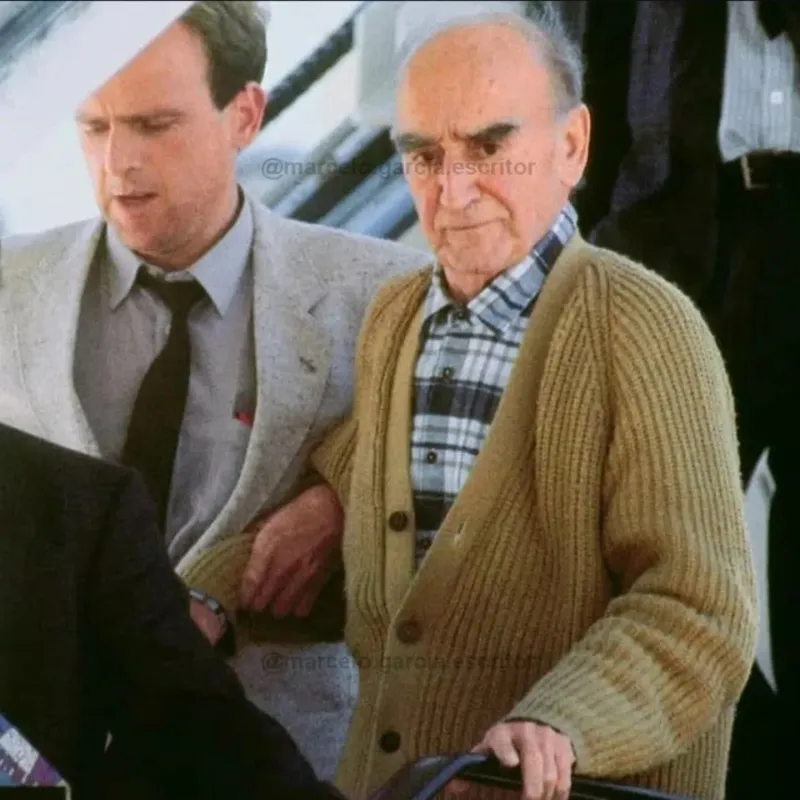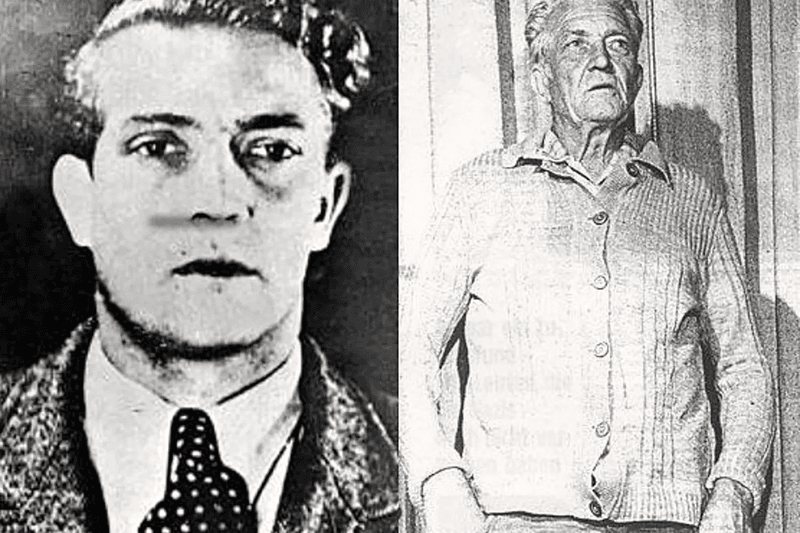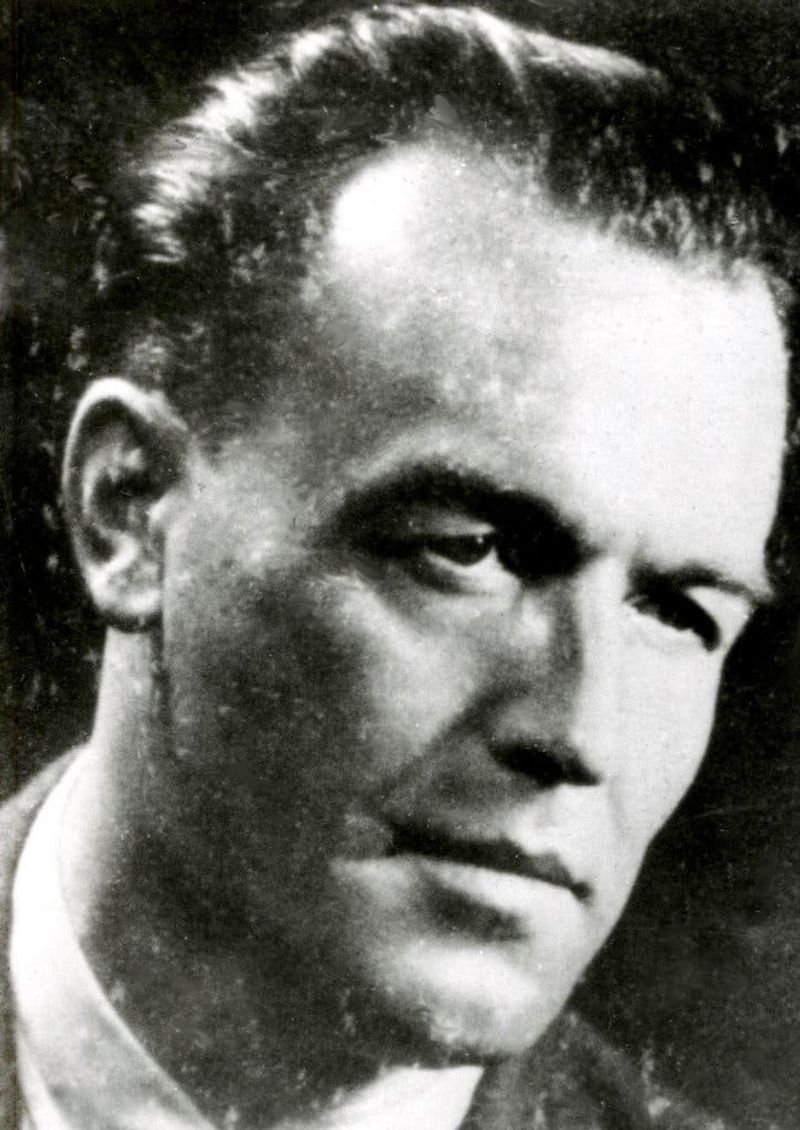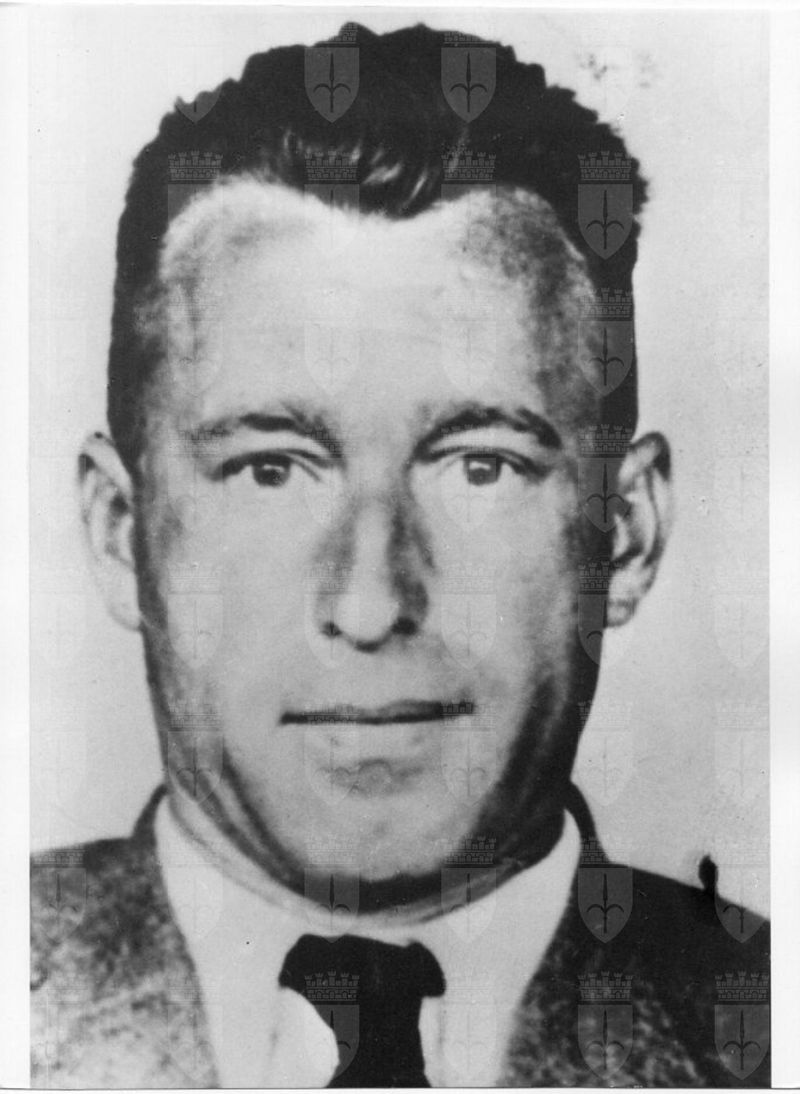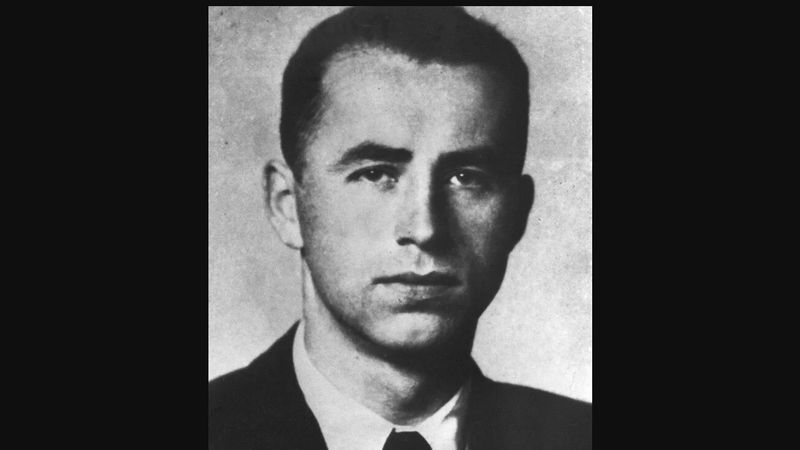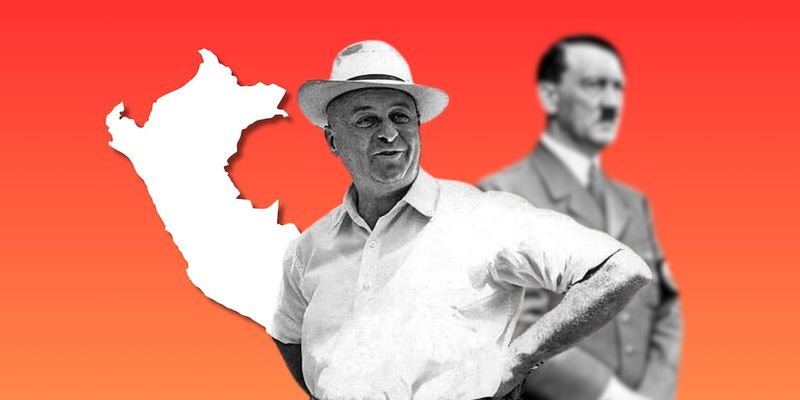After the fall of Nazi Germany in 1945, the world expected justice—but many top-ranking Nazis slipped through the cracks. Using forged papers, secret routes, and the help of sympathetic regimes, Argentina became a quiet haven for hundreds of war criminals. While the official record remains murky, the stories of these 16 Nazi officers paint a chilling picture of what happened after the Third Reich fell—and what the history books rarely mention.
1. Josef Mengele – “The Angel of Death”
Known for his infamous experiments at Auschwitz, Mengele fled to South America, living a shadowy existence in Argentina. Protected by a network of sympathizers, he eluded capture and died in Brazil in 1979.
Mengele’s story is a chilling reminder of the brutality that escaped justice. His ability to evade capture speaks to the dark underbelly of Argentina’s open-door policy.
Despite being one of the most wanted war criminals, his life was marked by paranoia and fear. His case exemplifies the cold reality of unpunished atrocities lingering in history’s recesses.
2. Erich Priebke – SS Captain and Massacre Organizer
Erich Priebke lived openly in Bariloche for decades until his 1994 extradition. Involved in the Ardeatine massacre, he was sentenced to life under house arrest in Italy.
Priebke’s life in Argentina was marked by an unsettling normalcy, blending into everyday life. His public persona concealed a dark past of mass murder.
The arrest shocked many, revealing a hidden history buried in idyllic landscapes. His story is a testament to Argentina’s controversial stance on harboring war criminals, raising questions about complicity and accountability.
3. Klaus Barbie – “The Butcher of Lyon”
Klaus Barbie, known for his brutal Gestapo activity in Lyon, France, lived a double life in Bolivia. His capture in 1983 led to a trial in France, where he died in prison.
Barbie exploited his skills in torture and repression, working with U.S. intelligence before fleeing to South America. His ability to escape justice for so long highlights post-war geopolitical complexities.
His story is a stark reminder of the moral compromises made during the Cold War. Barbie’s life and trial forced a reckoning with history’s uncomfortable truths.
4. Walter Rauff – Inventor of Mobile Gas Vans
Walter Rauff, credited with developing mobile gas vans used for mass murder, escaped to South America. Living freely in Chile until his death in 1984, he was never extradited.
Rauff’s presence in South America underscores the lax attitudes towards Nazi war criminals. His life was marked by a troubling normalcy that belied his horrific past.
Despite international efforts, his death as a free man reflects a complex legacy of unfinished justice. His story is an unsettling reminder of the many who lived without consequence.
5. Adolf Eichmann – The Architect of the Holocaust
Captured by Mossad agents in 1960, Eichmann orchestrated the logistics of the Holocaust. Living under the alias Ricardo Klement, he was found in Buenos Aires. His capture did not merely close a chapter; it opened a window into a world of hidden Nazis living freely.
Eichmann’s trial in Israel became a symbol of unyielding pursuit of justice. Yet, his years in Argentina revealed the complexities of post-war justice. The trial was a watershed moment, forcing a confrontation with the horrors of the past.
His story is a haunting reminder of the shadows lurking behind sunny facades.
6. Eduard Roschmann – “The Butcher of Riga”
Eduard Roschmann’s life is shrouded in mystery. After escaping to Argentina, he allegedly died in Paraguay in 1977, though some claim he faked his death.
Roschmann, depicted in The Odessa File, symbolizes the elusive nature of justice for many Nazi war criminals. His story is filled with intrigue and speculation, keeping historians guessing.
The uncertainty surrounding his fate exemplifies the challenges of tracking war criminals. His case is a ghostly reminder of the many untold stories that linger in historical shadows.
7. Reinhard Spitzy – SS Officer and Bormann Aide
Reinhard Spitzy, an aide to Martin Bormann, fled to Argentina before returning to Austria. He lived openly, often giving interviews, until the 1980s.
Spitzy’s life was a curious blend of public openness and shadowy past. His willingness to speak about his time in Argentina offers rare insights into the post-war Nazi diaspora.
His story reflects the leniency towards former Nazis, challenging the perception of post-war justice. Spitzy remains a controversial figure, embodying the complexities of reconciliation and remembrance.
8. Ante Pavelić – Croatian Fascist Leader and Nazi Ally
Ante Pavelić, head of the Ustaše regime, found refuge in Argentina under Perón’s protection. Surviving an assassination attempt, he eventually died in Spain in 1959.
Pavelić’s story is one of evasion and survival, emblematic of the tangled web of alliances and enmities in post-war Europe. His existence in Argentina highlights the country’s role as a haven.
The assassination attempt reflects the lingering hatred his actions incited. Pavelić’s life and death serve as a stark reminder of the many unresolved tensions of the era.
9. Josef Schwammberger – SS Commander of Labor Camps
Josef Schwammberger, notorious for his brutal command of labor camps, was extradited from Argentina to West Germany in 1987. Convicted of multiple murders, he died in prison in 2004.
His extradition marked a rare success in bringing Nazi war criminals to justice. Yet, his decades-long freedom in Argentina reflects systemic failures.
Schwammberger’s trial was a pivotal moment, highlighting the ongoing pursuit of justice. His case is a stark reminder of the long shadows cast by past atrocities.
10. Gustav Wagner – Deputy Commandant of Sobibor
Gustav Wagner, notorious for his role at Sobibor, lived in Brazil under religious protection until his mysterious death in 1980. Although arrested, the Brazilian Supreme Court released him.
His freedom was a bitter pill for those seeking justice, highlighting the challenges of extradition in politically complex landscapes. Wagner’s life was marked by hidden whispers and unspoken truths.
His story is a somber reminder of the many who evaded justice, sheltered by geopolitical interests. The enigmatic circumstances of his death add to his haunting legacy.
11. Aribert Heim – “Dr. Death” of Mauthausen
Accused of grotesque experiments, Aribert Heim eluded capture, living in Egypt under an alias until his alleged death in 1992. His case remains a point of contention among historians.
Heim’s ability to evade justice speaks to the global network of sympathizers aiding Nazi fugitives. His life in Egypt was a stark contrast to his horrific past.
The uncertainty surrounding his death only adds to the enigma of his legacy. Heim’s story is a chilling reminder of the many who vanished into history’s shadows.
12. Franz Stangl – Commandant of Treblinka
Franz Stangl’s escape route led from Syria to Argentina, and finally to Brazil, where he was extradited to Germany. Tried and sentenced to life, he died shortly after.
Stangl’s journey through continents reflects the challenges in capturing high-ranking Nazis. His trial was a landmark event, shedding light on the extensive post-war networks.
His story is a testament to the relentless pursuit of justice, despite the odds. Stangl’s fate underscores the perseverance required to confront historical atrocities.
13. Hans-Ulrich Rudel – Nazi Pilot Turned Advisor
A celebrated WWII pilot, Hans-Ulrich Rudel became an influential advisor to South American regimes, including Argentina. His role in helping Nazis resettle was pivotal, yet he never faced trial.
Rudel’s story is emblematic of the intertwining of military expertise and political refuge. His influence extended beyond borders, shaping post-war narratives.
The lack of accountability for Rudel reflects broader themes of impunity and complicity. His life is a complex tapestry of heroism, betrayal, and survival.
14. Alois Brunner – Eichmann’s Assistant
Involved in deporting Jews, Alois Brunner lived under the radar in Syria, reportedly until his death in the early 2000s. Despite his notoriety, he evaded capture.
Brunner’s story is one of the most frustrating for those seeking justice. His ability to live openly in Syria points to international complicity.
The mystery surrounding his demise adds to his dark legacy. Brunner remains a symbol of the many unanswered questions of the post-war era.
15. Willem Sassen – SS Officer and Nazi Propagandist
Willem Sassen, an SS officer turned journalist, recorded interviews with Adolf Eichmann before his capture. Living in Argentina, he never faced prosecution.
Sassen’s tapes played a crucial role in Eichmann’s trial, revealing insights into the Nazi regime. His ability to remain free raises questions about the media’s role in post-war narratives.
His life is a paradox of complicity and revelation, bridging the gap between obscurity and exposure. Sassen’s story underscores the power of words and the complexities of legacy.
16. Friedrich Schwend – Nazi Financier and Counterfeiter
Friedrich Schwend, involved in Nazi counterfeiting, found refuge in South America, later working for post-war intelligence agencies. His life was a complex blend of secrecy and reinvention.
Schwend’s story is emblematic of the shadowy figures who slipped through the cracks. His post-war activities highlight the blurred lines between past allegiances and new roles.
His life in obscurity is a testament to the many untold stories of Nazi escapees. Schwend’s legacy is a reminder of the hidden histories that shape our understanding of the world.

